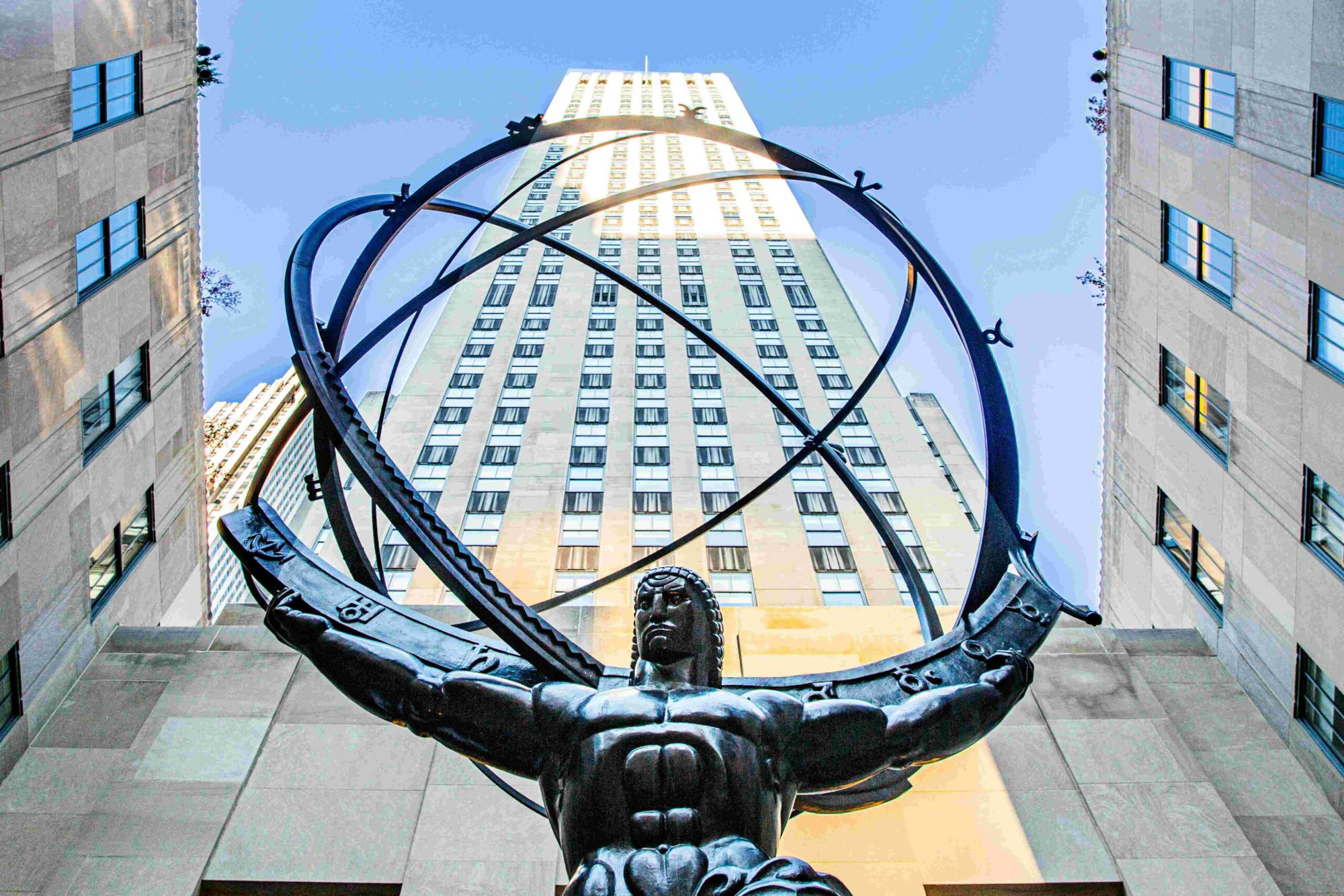Failure of corporate governance at UBS
In April 2008, UBS was the bank that had been hit hardest by the subprime crisis. Due to its high risk exposure, UBS had to write down almost US$ 40 billion. The first consequences were already drawn, such as the removal of UBS’s chairman Marcel Ospel. But was that enough for a major Malaysian pension fund which was considering to invest money in UBS? Was UBS’ corporate governance fit or was the board – as the ultimately responsible body – unaware of the risks and unable to deal with them? What was needed to improve the situation?
Discuss the board’s and the investor’s responsibility in a bank’s risk exposure and risk strategy. Also learn how to possibly voice concerns in a board with a chairman, who was considered wily, ruthless and mercurial.
Union Bank of Switzerland
2008
Cranfield University
Wharley End Beds MK43 0JR, UK
Tel +44 (0)1234 750903
Email [email protected]
Harvard Business School Publishing
60 Harvard Way, Boston MA 02163, USA
Tel (800) 545-7685 Tel (617)-783-7600
Fax (617) 783-7666
Email [email protected]
NUCB Business School
1-3-1 Nishiki Naka
Nagoya Aichi, Japan 460-0003
Tel +81 52 20 38 111
Email [email protected]
IMD retains all proprietary interests in its case studies and notes. Without prior written permission, IMD cases and notes may not be reproduced, used, translated, included in books or other publications, distributed in any form or by any means, stored in a database or in other retrieval systems. For additional copyright information related to case studies, please contact Case Services.
Research Information & Knowledge Hub for additional information on IMD publications
in I by IMD
Research Information & Knowledge Hub for additional information on IMD publications
Research Information & Knowledge Hub for additional information on IMD publications
Research Information & Knowledge Hub for additional information on IMD publications
Research Information & Knowledge Hub for additional information on IMD publications
in I by IMD
Research Information & Knowledge Hub for additional information on IMD publications
Research Information & Knowledge Hub for additional information on IMD publications
Research Information & Knowledge Hub for additional information on IMD publications
Research Information & Knowledge Hub for additional information on IMD publications
Research Information & Knowledge Hub for additional information on IMD publications
Research Information & Knowledge Hub for additional information on IMD publications







